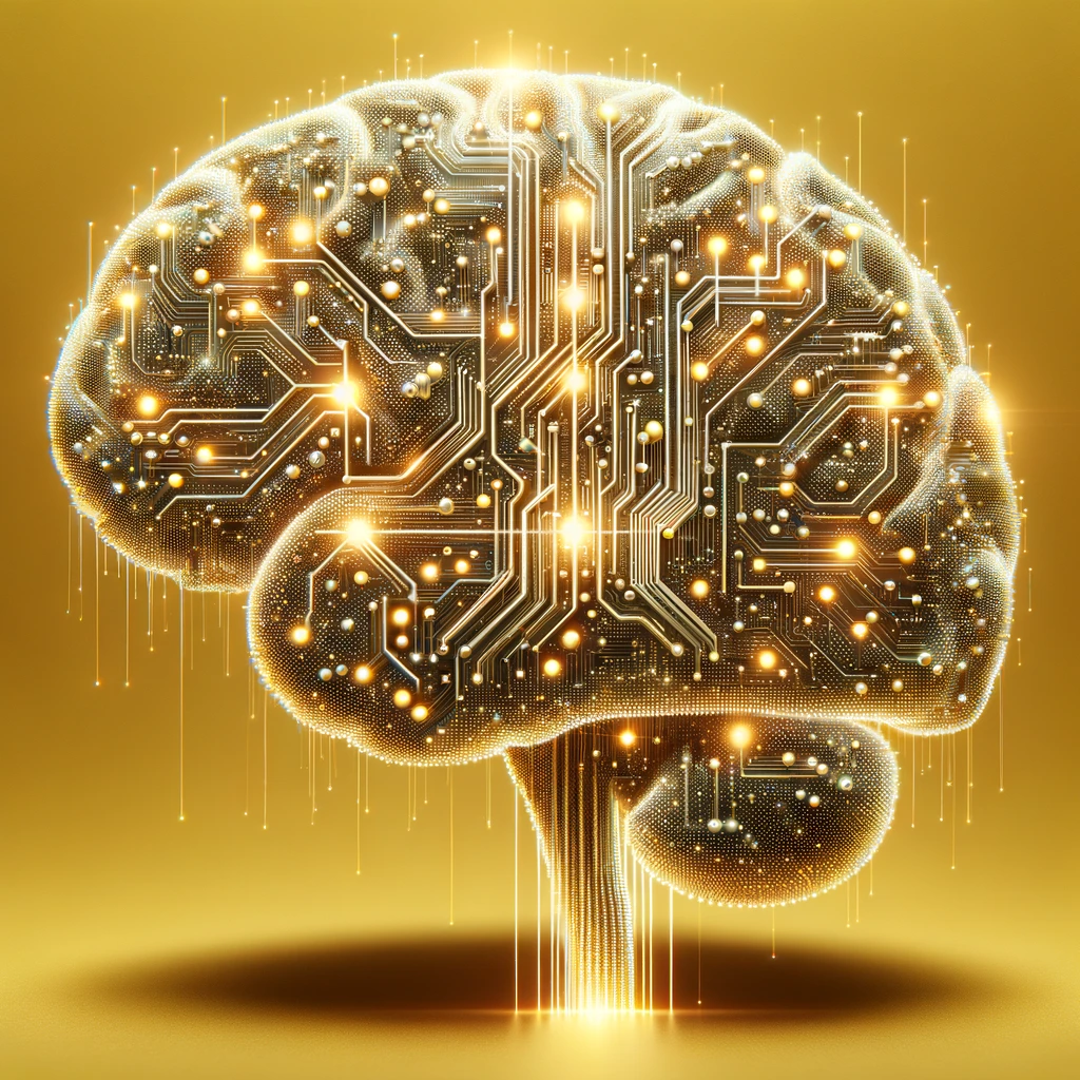How AI Works
Artificial Intelligence (AI) is a transformative technology that simulates human intelligence in machines, enabling them to perform tasks that typically require human cognitive abilities. From powering virtual assistants to driving autonomous vehicles, AI has become ubiquitous in our daily lives. But how does AI actually work? Let’s unravel the mystery behind this remarkable technology.
1. Data Collection and Processing: At the heart of AI lies data – vast amounts of it. AI algorithms require extensive datasets to learn patterns, make predictions, and perform tasks. These datasets can include text, images, videos, sensor readings, and more. Once the data is collected, it undergoes preprocessing to clean and prepare it for analysis.
2. Machine Learning Algorithms: Machine learning serves as the foundation of AI, enabling machines to learn from data and improve their performance over time without explicit programming. There are several types of machine learning algorithms, including:
- Supervised Learning: In supervised learning, algorithms are trained on labeled data, where each input is associated with a corresponding output. The algorithm learns to map inputs to outputs, making predictions or classifications based on new, unseen data.
- Unsupervised Learning: Unsupervised learning involves training algorithms on unlabeled data, allowing them to discover patterns and structures within the data. These algorithms are used for tasks such as clustering, anomaly detection, and dimensionality reduction.
- Reinforcement Learning: Reinforcement learning operates on the principle of trial and error, where an agent learns to interact with an environment to maximize a reward signal. Through repeated interactions, the agent learns optimal strategies for achieving its goals.
3. Neural Networks: Neural networks are a key component of many AI algorithms, particularly in deep learning – a subfield of machine learning that utilizes neural networks with multiple layers (deep networks). These networks are inspired by the structure and function of the human brain, consisting of interconnected nodes (neurons) organized into layers.
- Input Layer: The input layer receives raw data as input and passes it to the next layer for processing.
- Hidden Layers: Hidden layers perform complex transformations on the input data, extracting relevant features and patterns.
- Output Layer: The output layer produces the final output or prediction based on the processed data.
Through a process called forward propagation, neural networks propagate input data through the network, computing intermediate values (activations) at each layer. These activations are then used to compute predictions or classifications. During training, the network adjusts its parameters (weights and biases) through backpropagation, minimizing a loss function to improve its performance.
4. Natural Language Processing (NLP): Natural Language Processing (NLP) is a branch of AI that enables machines to understand, interpret, and generate human language. NLP algorithms process and analyze textual data, performing tasks such as sentiment analysis, text summarization, and machine translation.
- Tokenization: Tokenization involves breaking down text into individual words or tokens for analysis.
- Word Embeddings: Word embeddings represent words as dense numerical vectors in a high-dimensional space, capturing semantic relationships between words.
- Sequence Models: Sequence models, such as recurrent neural networks (RNNs) and transformers, process sequences of words or tokens, enabling tasks like language modeling and sequence generation.
5. Deployment and Optimization: Once trained, AI models are deployed in real-world applications to perform specific tasks. This deployment phase involves optimizing models for efficiency, scalability, and performance. Techniques such as model pruning, quantization, and deployment on specialized hardware (e.g., GPUs, TPUs) are used to improve model efficiency and speed.
In conclusion, AI works by leveraging data, machine learning algorithms, neural networks, and natural language processing techniques to simulate human intelligence in machines. Through continuous learning and adaptation, AI systems perform a wide range of tasks, from recognizing patterns in data to understanding human language. As AI technology continues to evolve, it promises to revolutionize industries, drive innovation, and shape the future of humanity.
Want to learn more? Schedule a free consultation!











